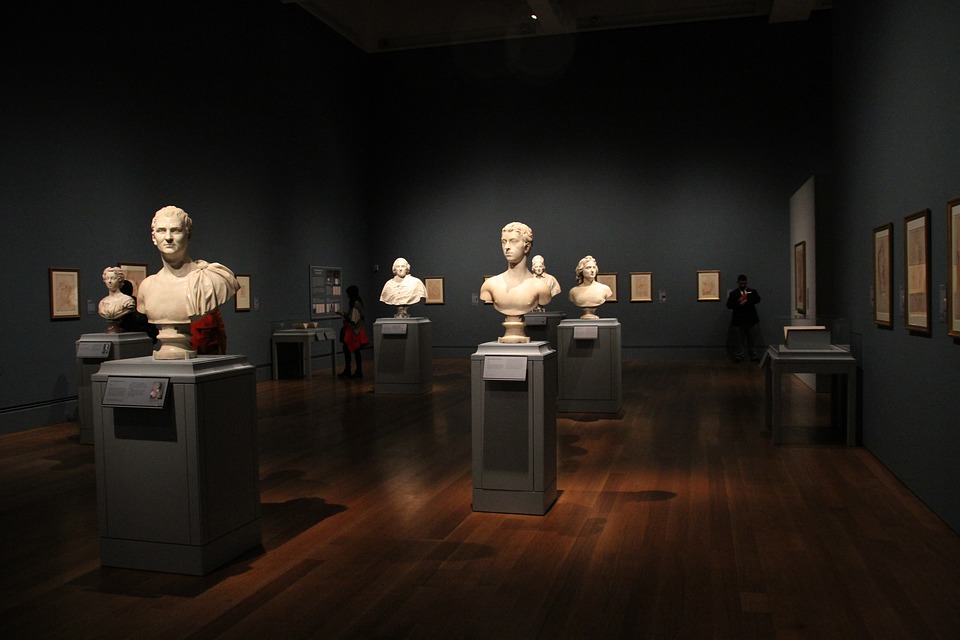One of the largest art museums in California, the Getty Museum opened to the public in December 1997. The museum is located in a very picturesque place, on one of the hilltops in the Santa Monica Mountains.
History of the museum
The museum’s striking architecture was designed by the famous architect Richard Meyer. The financial cost of the construction was about 1.2 million dollars, but nevertheless visitors to the Getty Museum visit all the exhibitions and walk around the wonderful garden completely free of charge.
The museum center was opened thanks to oil tycoon Paul Getty, who in the late 1950s was declared the richest man in the world, and retained this title until his death. Therefore, it is not surprising that Paul Getty left a very solid amount of his multi-billion-dollar fortune for the needs of the museum and the construction of the new building. The Getty Museum is the most famous and wealthy purchaser at auctions and in private collections of works of art by old school masters and ancient sculptors. Museum staff members are the most coveted visitors at prestigious auctions in London and New York.

Architect Richard Meyer was not chosen by chance to design the building for the museum. He is well known for his work on office and public buildings, as well as designs for a number of museum buildings. He has worked on the Museum of Decorative Arts in Frankfurt, the Museum of Modern Art in Barcelona and the headquarters of famous companies such as Siemens and Canon. In 1984 Richard Meier was awarded the Pritzker Prize, the highest award in the field of architecture. Richard Mayer works in the style of American modernism and is a leading representative of the New York avant-garde. One of the “highlights” of his projects that made the master famous all over the world were absolutely white buildings.
About the museum
The Getty Museum, located on top of a hill, is a magnificent architectural ensemble. The walls of the Getty Museum Center are faced with golden-colored Italian stone that was brought from the town of Bagni di Tagoli, near Rome. This stone was once used by the Romans to build the Colosseum.

Many of the walls in the museum complex are made of glass to provide maximum natural sunlight. But since the halls of the museum exhibit very valuable works of art, the light intensity is regulated with the help of light filters or blinds, protecting against excessive sunlight.
Even the number of doors is an indication of the grandeur of the museum center – after all, 3,200 is not a small number! There are tunnels that connect the Getty Building, which are also used as viewing platforms, because they offer spectacular views. The marvelous panorama of the Pacific Ocean and the mountain range, the beautiful panorama of Los Angeles and the snowy peaks of the Big Bear ski resort are all visible to the marvelous sightseers. If visitors come to the Getty Museum in their own car, they leave it in the parking lot near the bottom of the hill. At the very top, a computer-controlled cable car takes visitors to the museum. The road up the hill climbs a very steep slope along flowering myrtle bushes and thickets of California peppers.
Finally, arriving at the top of the hill, visitors head up the long staircase to the Getty Museum. In the spacious lobby in the center is a reception desk where information is available in various languages. These days, as in many European museums, the Getty Museum offers an audio course that successfully replaces the tour guide. Such a device in the form of headphones is very convenient because it allows visitors to set the pace of their own walk through the museum halls.
The Getty Museum complex includes an environmental institute and an education center with various lecture halls and classrooms, often attended by students who have received Getty grants for academic excellence. It is also home to the Institute for Research in the Humanities and the Arts.
Many of the visitors like to come to the Getty Museum with their children for Sunday strolls through the delightful garden. An umbrella can be rented near the entrance to any museum pavilion for protection from the scorching California rays. The garden’s landscaping was designed by artist Robert Irving. There are many ponds, fountains and waterfalls in the terraced garden.
On a separate terrace of the garden you can see a real mini garden of cacti, and in general because of the abundance of flowering plants and trees in the garden sometimes gives the impression that this is the south of Italy.